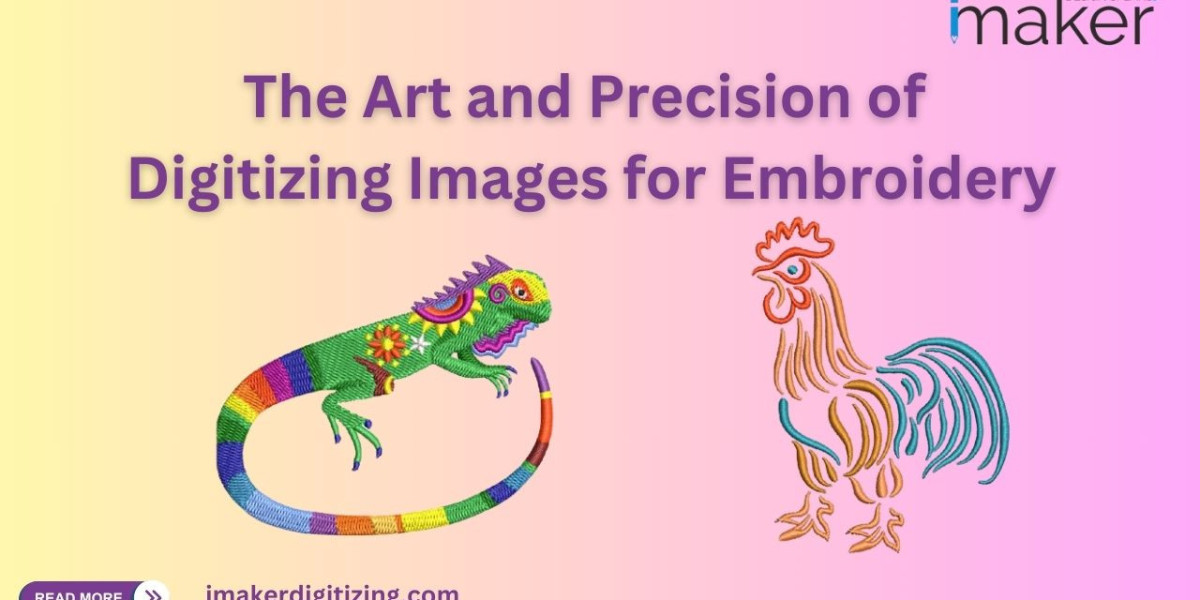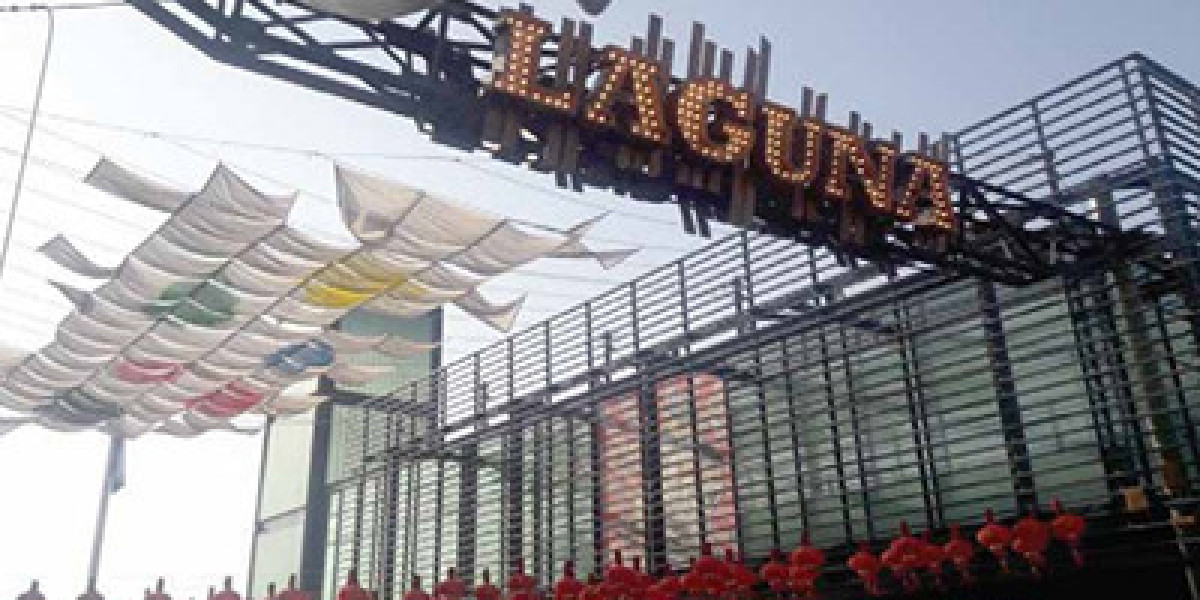Introduction: The Growing Demand for Embroidery Digitizing Services
In today's fashion and branding industries, embroidery has become a popular method for creating intricate designs on various fabrics. The process of converting artwork into a format that can be stitched onto fabric by an embroidery machine is known as embroidery digitizing. This specialized skill requires precision, creativity, and a deep understanding of embroidery techniques. Companies like iMaker Digitizing offer a range of services, including digitizing images for embroidery, making it easier for businesses and individuals to bring their designs to life.
What is Embroidery Digitizing?
Embroidery digitizing is the process of converting artwork or images into a digital file that embroidery machines can read. This file contains detailed instructions about how the machine should stitch the design, including the type of stitches, stitch order, and thread colors.
Key Aspects of Embroidery Digitizing:
Design Interpretation: Understanding the original artwork and translating it into stitches is a critical aspect of digitizing. This involves choosing the right type of stitches, such as satin stitches, fill stitches, or running stitches, depending on the design's complexity.
File Formats: The digitized file must be compatible with the embroidery machine's software. Common file formats include DST, PES, JEF, and EXP.
The Importance of Quality in Embroidery Digitizing
Quality digitizing is crucial for achieving a professional and polished look. Poor digitizing can lead to issues such as thread breaks, puckering, and misalignment, which can affect the overall appearance and durability of the embroidery.
Benefits of Professional Digitizing Services:
Accuracy: Professional digitizers ensure that the final embroidery closely matches the original design, paying attention to details such as color matching and stitch density.
Efficiency: A well-digitized design minimizes machine downtime and reduces the likelihood of errors, leading to a more efficient production process.
Versatility: Professional services can handle a wide range of designs, from simple logos to complex images, ensuring versatility for different applications.
How to Digitize an Image for Embroidery
The process of digitizing an image for embroidery involves several steps, each requiring careful attention to detail:
Step 1: Preparing the Image
Choosing the Right Image: Not all images are suitable for embroidery. It's important to select images with clear lines and well-defined colors. High-resolution images are preferable for detailed designs.
Simplifying the Design: Complex images may need to be simplified by reducing the number of colors or elements. This makes the design more suitable for embroidery, which has limitations compared to printing.
Step 2: Digitizing the Image
Using Digitizing Software: Specialized software is used to convert the image into a stitch file. This involves outlining the design, choosing stitch types, and assigning thread colors.
Setting Parameters: Key parameters such as stitch length, density, and underlay stitches must be set to ensure the embroidery looks crisp and maintains its shape.
Step 3: Testing and Refining
Test Runs: Before finalizing the design, a test run on similar fabric is recommended. This helps identify any issues with the digitization, such as gaps or overlaps in the stitches.
Refinement: Based on the test run, adjustments can be made to improve the design. This may include altering stitch types, adjusting density, or fine-tuning colors.
Applications of Embroidery Digitizing
Embroidery digitizing has a wide range of applications, from fashion to corporate branding. Some common uses include:
Branding and Promotional Items
Embroidery Digitizing for Logos: Companies often use embroidered logos on uniforms, hats, bags, and other promotional items. This adds a professional touch and increases brand visibility.
Corporate Gifts: Embroidered items like towels, robes, or bags make excellent corporate gifts, showcasing a company's attention to detail and quality.
Fashion and Apparel
Custom Clothing: Fashion designers use embroidery to add unique, intricate designs to clothing. Digitizing allows for precise replication of designs on various fabrics.
Accessories: Embroidery is also popular on accessories such as hats, scarves, and bags, adding a personal and stylish touch.
Home Decor
Customized Home Textiles: From monogrammed towels to decorative pillowcases, embroidery adds a personalized touch to home decor items.
Choosing the Right Digitizing Service
Selecting the right digitizing service for embroidery is crucial for achieving high-quality results. When choosing a service provider, consider the following factors:
Experience and Expertise
Track Record: Look for a company with a proven track record in embroidery digitizing. Experienced digitizers can handle a wide range of designs and ensure accuracy.
Portfolio: Reviewing a company's portfolio can give you an idea of their capabilities and the quality of their work.
Technology and Tools
Advanced Software: The use of advanced digitizing software ensures precision and versatility in designs. It also allows for faster turnaround times and the ability to handle complex designs.
Quality Control: A good digitizing service will have stringent quality control measures in place, including test runs and customer feedback loops.
Customer Support and Communication
Clear Communication: Effective communication is key to ensuring that your design requirements are met. Choose a service that offers clear and prompt communication.
After-Sales Support: Good customer support, including after-sales service, ensures any issues are promptly addressed.
Why Choose iMaker Digitizing for Your Embroidery Needs
iMaker Digitizing stands out as a leading provider of embroidery digitizing services. With a focus on quality, precision, and customer satisfaction, iMaker Digitizing offers a range of services tailored to meet the needs of both businesses and individuals.
Why Choose iMaker Digitizing?
Expertise: Our team of skilled digitizers brings years of experience to the table, ensuring your designs are digitized to perfection.
State-of-the-Art Technology: We use the latest digitizing software and tools, enabling us to handle complex designs with ease.
Comprehensive Services: From digitizing logos to intricate images, we offer a full range of digitizing services to cater to diverse needs.
Customer-Centric Approach: We prioritize our customers' needs, offering personalized service and support throughout the digitizing process.
Conclusion: Elevate Your Embroidery with iMaker Digitizing
Embroidery digitizing is a vital component of creating high-quality embroidered products. Whether you're looking to digitize a logo, an intricate image, or any other design, choosing the right digitizing service is crucial. At iMaker Digitizing, we are committed to delivering exceptional quality and service, helping you bring your designs to life with precision and artistry.
Ready to take your embroidery to the next level? Contact iMaker Digitizing today to learn more about our services and start your project. Get started with iMaker Digitizing and transform your designs into stunning embroidery!








